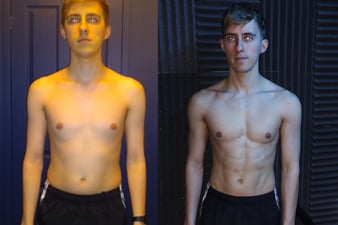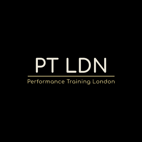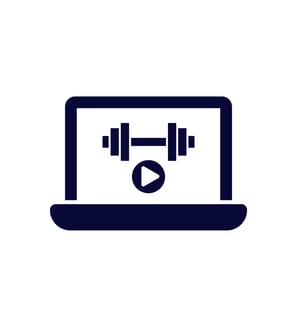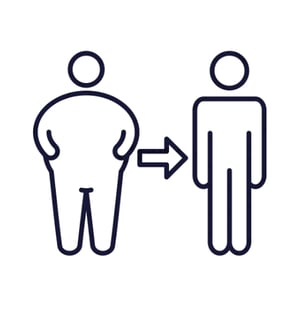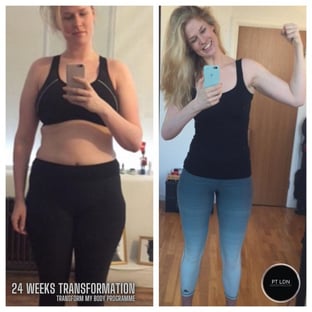

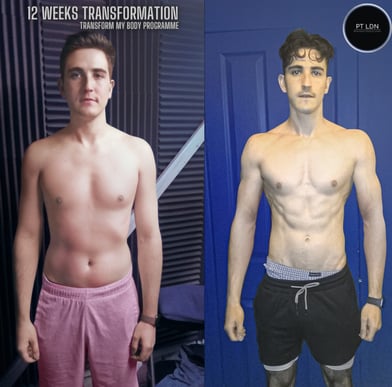

experience expert personal training that transforms bodies, mindsets & lifestyles.
Science combined with expert guidance to deliver maximum results
PTLDN is where East London's elite come to forge bodies. Designed exclusively for ambitious professionals, we combine science-backed training, tailored nutrition, and uncompromising accountability to deliver results that speak volumes—without saying a word.
PTLDN’s expert personal trainers bring decades of experience and an unparalleled commitment to seeing you thrive. With expertly designed and tailored training plans to deliver measurable long term sustainable results. Success is not just in muscle gained or inches lost but in the confidence you exude and the resilience you embody.
Elite Personal Trainers in East London
Body Transformation London Results




Personal Training London Reviews
Inside PTLDN
Elevate your training in our luxury training studio that is more than just a gym; it’s your sanctuary of excellence. Outfitted with cutting-edge equipment and an ambiance that exudes sophistication, PTLDN is a haven for those who refuse to settle. From curated playlists to a culture of discretion, every detail is meticulously crafted for east London's personal trainers to work conscientiously with you to deliver eye catching results.
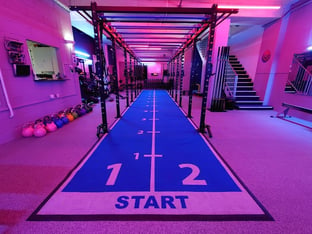
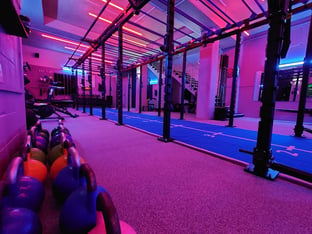

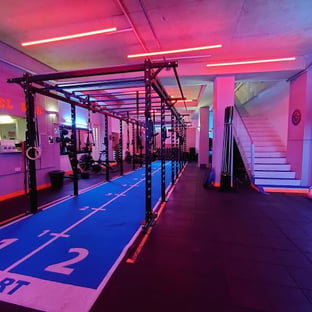
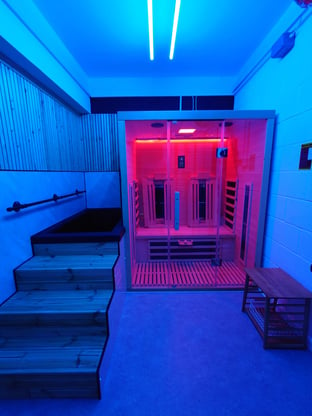

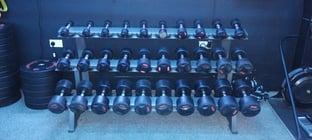









How to Build Muscle and
Lose Fat Simultaneously
The holy grail of physique's. Single digit body fat and enough muscle that people confuse you with a professional athlete. You are asking yourself 'is it possible to build muscle and lose fat simultaneously?'
The answer is yes, you can build muscle and lose fat at the same time, whether you are a man in your 40s looking to lose belly fat, a man in your 30s embarking on your muscle building journey or a career driven woman in her 20s.
To achieve the end goal, we are going to begin by looking at the processes behind each goal...
